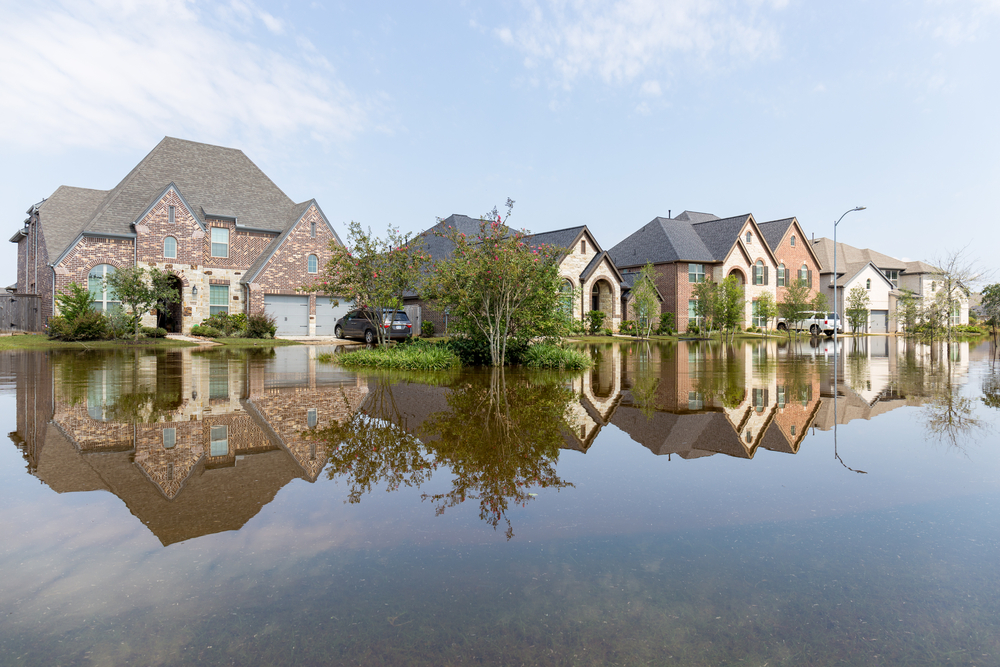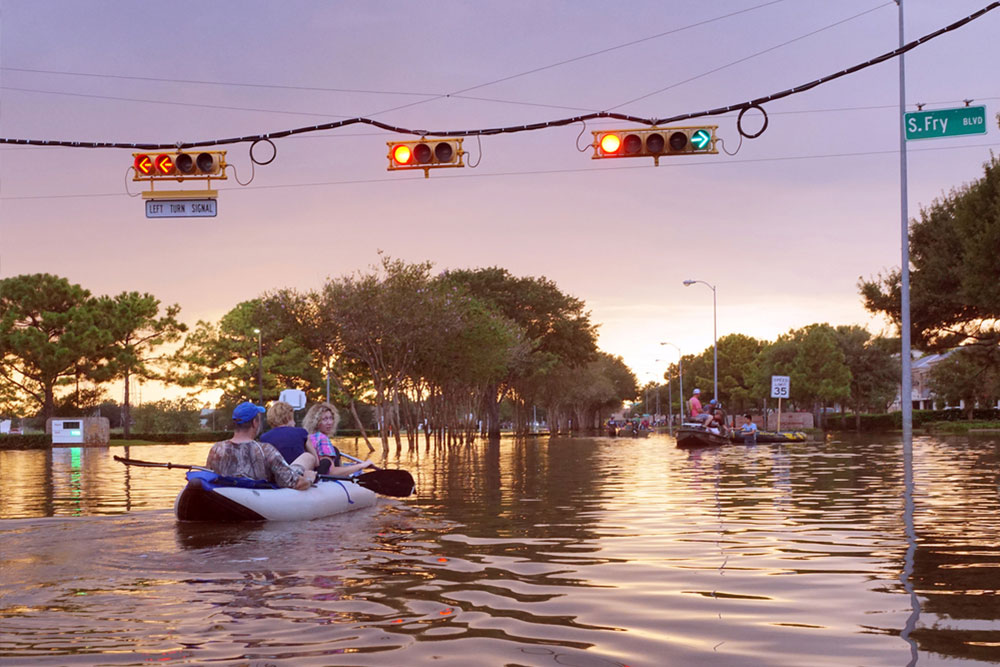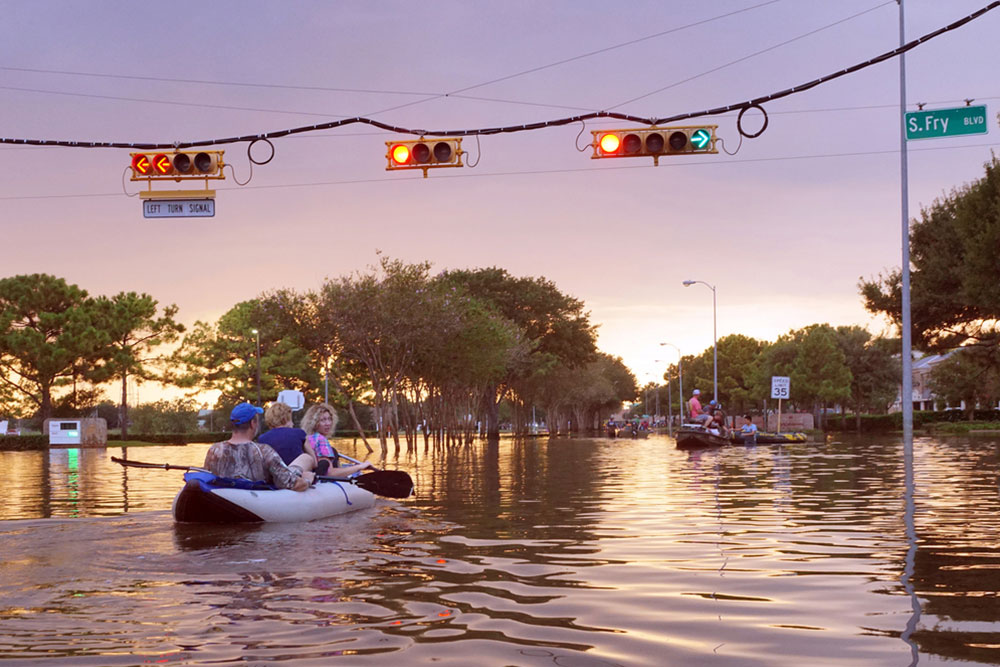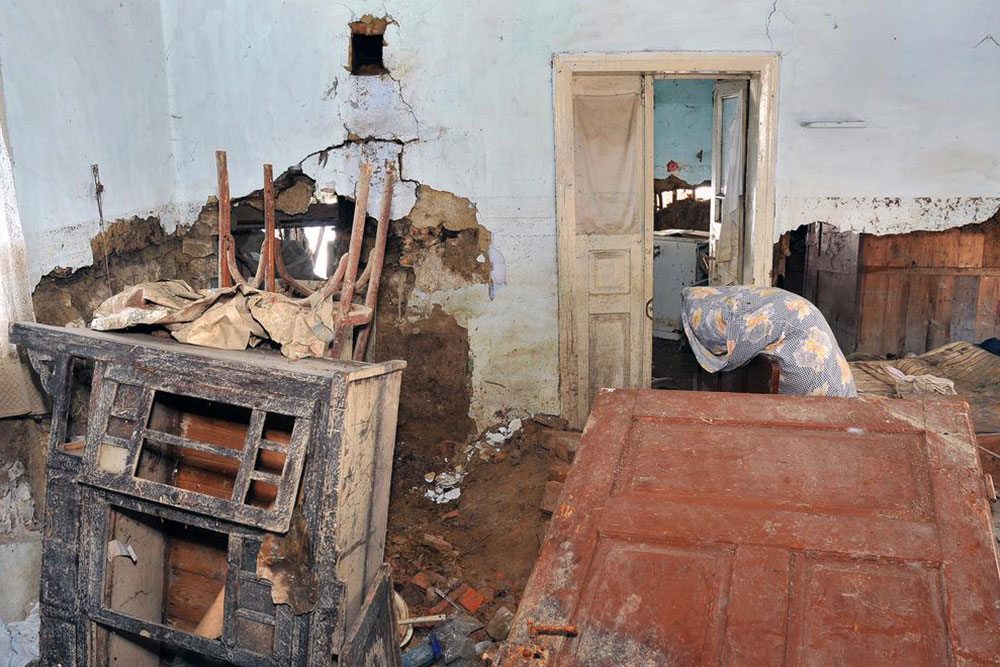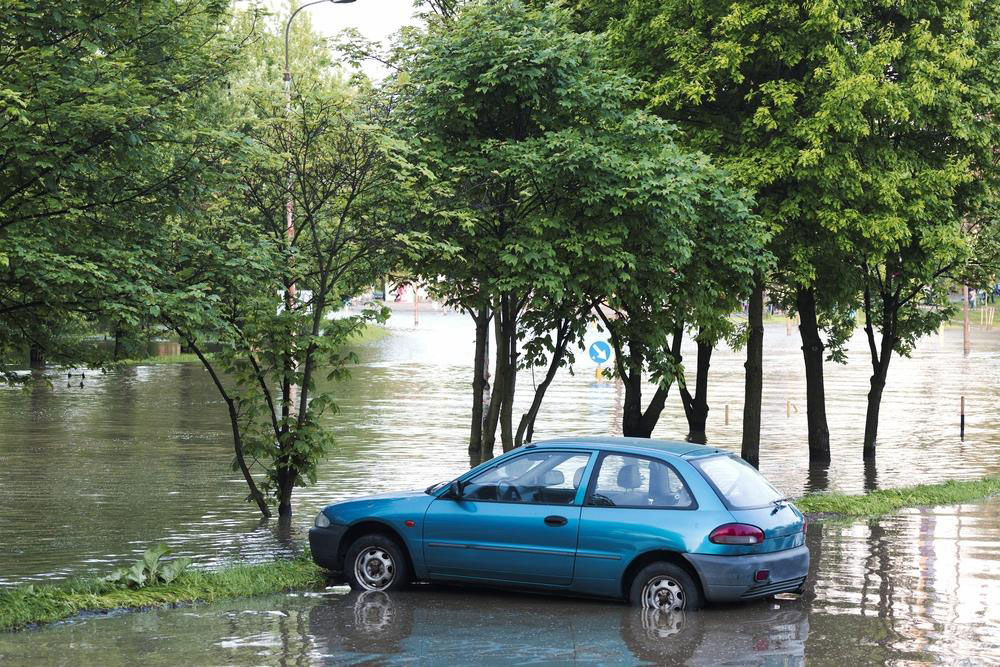Comprehensive Guide to Choosing the Right Flood Insurance Policy for Your Home
This comprehensive guide covers essential considerations for choosing flood insurance, including how premiums are calculated, different policy types, coverage options, and tips for obtaining competitive quotes. Protect your home effectively by understanding risk factors and available options to secure the right flood insurance coverage tailored to your needs.
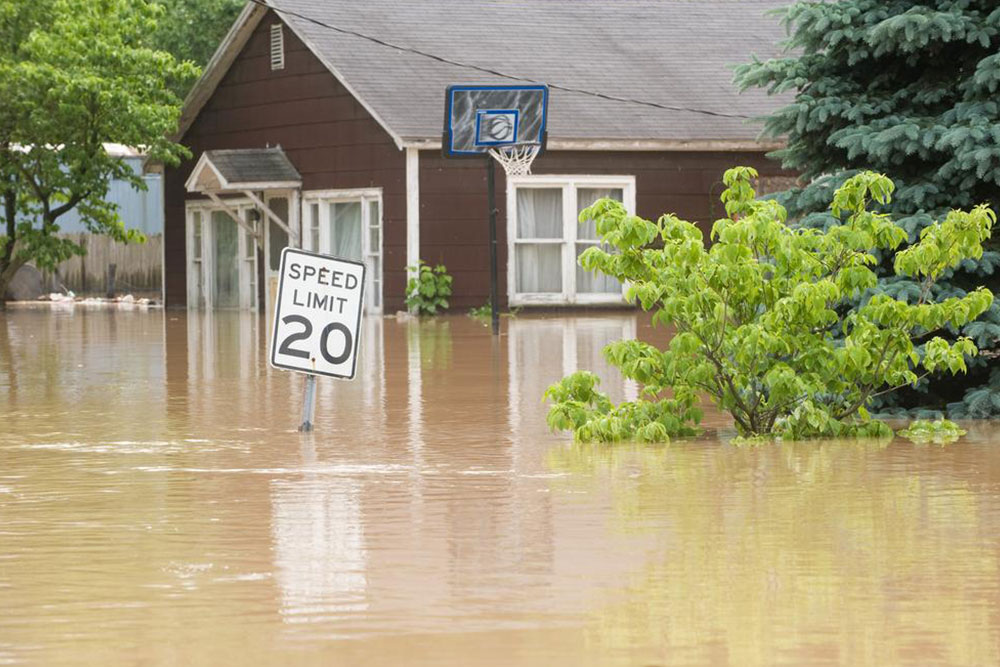
Comprehensive Guide to Choosing the Right Flood Insurance Policy for Your Home
Living in regions prone to flooding requires proactive measures to protect your property and financial stability. Flood insurance has become an essential aspect of safeguarding homes against unpredictable flood events, especially for homeowners with mortgages. Even if your area is considered to have a moderate or low flood risk, it's prudent to consider coverage due to the unpredictable nature of weather patterns and increasing flood occurrences worldwide. Flood damage restoration can be exorbitant, emphasizing the importance of having appropriate flood insurance coverage tailored to your home's specific needs. Standard home insurance policies generally exclude flood-related damages, making specialized flood insurance policies crucial for comprehensive protection.
Understanding the Costs of Flood Insurance
Estimating the cost of flood insurance involves understanding multiple factors that insurers evaluate to arrive at an appropriate premium rate. These factors include the geographic location of the property, the property's age, construction type, and the level of coverage desired. It’s important to recognize how these elements influence premium costs to make informed decisions when choosing a policy. Here are the main factors insurers look at when determining flood insurance premiums:
Credit History and Financial Profile: Insurers often review your credit score and financial history, as these can impact policy premiums, reflecting your risk profile.
Previous Insurance Claims: A history of past claims related to flood or other damages can influence current insurance quotes, as a history of frequent claims may indicate higher risk.
Property Location: The geographic location of your home plays a critical role. Properties located in high-risk flood zones or near bodies of water typically incur higher premiums due to the increased likelihood of flood events.
Age and Condition of the Residence: Older homes or properties with outdated infrastructure may require additional reinforcement to withstand floodwaters, affecting pricing.
Construction Materials and Structural Design: Homes built with flood-resistant materials and modern structural features may benefit from lower premiums, reflecting reduced risk of damage.
Coverage Level and Deductibles: The extent of coverage and the chosen deductible amount directly impact the premium cost. Higher deductibles usually result in lower premiums but mean more out-of-pocket expenses during claims.
Additional Risk Factors: Factors such as proximity to floodways, elevation, and local flood history also influence pricing strategies.
High-risk properties often attract higher premiums, but exploring various options can help find a balance between affordability and protection. Insurance providers utilize these factors to create tailored policies that meet each homeowner's unique circumstances.
Strategies for Obtaining Competitive Flood Insurance Quotes
Securing the most favorable flood insurance rates requires thorough research and comparison across multiple providers. Start by evaluating your property's flood vulnerability—consider both current flood risk assessments and potential future risks due to climate change. Understanding your home's flood risk helps in choosing the right policy level and coverage. Next, research the top flood insurance providers, including government-backed programs like the National Flood Insurance Program (NFIP) and reputable private insurers. Comparing quotes from these sources allows you to identify the best coverage options at competitive rates.
If you opt for a policy through the NFIP, you'll find that most participating insurers will offer similar rates due to federal regulation, making it easier to compare. Private insurers, however, have more flexibility and may provide unique policies that offer additional benefits or coverage options. It’s advisable to request detailed quotes that specify coverage limits, deductibles, and exclusions to make informed comparisons tailored to your needs. Consulting with insurance agents specializing in flood coverage can also provide valuable insights and help you navigate complex policy details.
Types of Flood Insurance Policies Explained
Flood insurance policies generally fall into two main categories: Standard Risk and Preferred Risk policies. Each is designed to cater to different zones based on flood risk assessments.
Standard Risk Policies: These policies are typically tailored for homeowners residing in high-risk flood zones, such as Special Flood Hazard Areas (SFHAs). They offer comprehensive coverage options, including both building and contents coverage, to protect against severe flood events. Premiums for these policies are higher due to the increased risk, but they provide extensive protection.
Preferred Risk Policies: Designed for properties located in lower-risk flood zones, these policies are suitable for homeowners seeking affordable coverage options. Preferred Risk policies often come with more flexibility, allowing policyholders to customize their coverage—such as increasing limits or adding specific protections—at lower premiums. These policies incentivize floodplain mitigation and are ideal for homeowners outside high-risk zones but still concerned about potential flood damage.
Choosing between these policies depends on your flood zone classification, risk assessment, and financial considerations. Consulting with insurance professionals can help you determine the most appropriate policy type based on your property's location and condition.
Coverage Details in Flood Insurance Plans
Flood insurance coverage varies significantly based on the policy type and provider. Understanding what is included and excluded helps homeowners make informed decisions to adequately protect their property and belongings.
Home Systems and Major Appliances: Most policies cover vital home systems such as HVAC units, electrical wiring, plumbing, and water heaters, which are often electrical or water-related components vulnerable to flood damage.
Personal Property and Valuables: Coverage can extend to personal belongings including furniture, electronics, clothing, and appliances like refrigerators, washers, and dryers. Some policies also cover kitchen ranges and built-in appliances.
Structural Elements and Foundations: Foundation repairs, basement wall reinforcements, and structural integrity are typically insured, addressing the most critical aspects of flood damage mitigation.
Detached Structures and Garages: Policies often include coverage for detached garages, sheds, and other structures, providing comprehensive protection beyond the main residence.
Valuable and Decorative Items: Items of high value such as artwork, jewelry, and heirlooms are usually covered up to specified limits, often around $2,500. Inventorying these items can help expedite claims processing if needed.
Additional Coverages: Some policies include coverage for carpets, window panels, and certain outdoor items. However, contents stored in basements generally have limited or no coverage, emphasizing the importance of storage planning.
Popular flood insurance providers include Geico, Travelers, Allstate, MetLife, The Hartford, Farmers Insurance, and State Farm. Each offers various policies tailored to different risk profiles and budgets. Comparing their coverage options and premium rates will help you select the best policy aligned with your needs.
